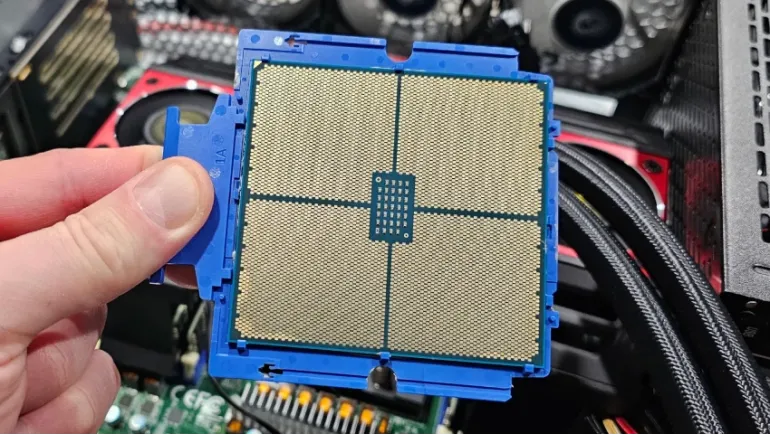
The world of open-source development is constantly evolving, with new features and improvements being introduced regularly. One such significant update comes in the form of the AMD Virtual Trusted Platform Module (TPM) driver being merged into the Linux 6.16 kernel. This development marks a major step forward in enhancing security, compatibility, and performance for users and developers who rely on Linux systems, particularly those using AMD processors.
In this article, we'll explore what the AMD Virtual TPM driver is, why it's important, and how its integration into Linux 6.16 benefits users. We'll also touch on the broader implications of this merge and what it means for the future of Linux-based systems.
The Trusted Platform Module (TPM) is a hardware security chip that provides cryptographic functions to enhance system security. It is commonly used for secure boot, disk encryption, and other security-related tasks. The Virtual TPM (vTPM), on the other hand, is a software implementation of a TPM that runs in a virtualized environment. It allows virtual machines (VMs) to use TPM functionality without requiring physical hardware.
The AMD Virtual TPM driver is a component that enables the use of vTPM in environments running on AMD processors. By integrating this driver into the Linux kernel, developers can now take advantage of enhanced security features directly within their Linux distributions.
The merging of the AMD Virtual TPM driver into the Linux 6.16 kernel is a big deal for several reasons:
With the inclusion of the AMD Virtual TPM driver, Linux users running virtual machines—especially those using KVM or QEMU—can now benefit from improved security features. This includes support for secure boot, disk encryption, and remote attestation, which are essential for maintaining the integrity of virtualized environments.
This merge ensures that AMD-based systems, especially those used in enterprise and cloud environments, can fully leverage the security features of their hardware. This is particularly beneficial for organizations that rely on AMD processors for their computing infrastructure.
By making the AMD Virtual TPM driver part of the mainline Linux kernel, the open-source community gains better access to these features. Developers can now build applications and tools that take full advantage of vTPM capabilities without relying on third-party patches or workarounds.
For end users, the impact of this merge may not be immediately visible, but it has long-term implications for system security and performance.
Users who enable secure boot or use full-disk encryption will benefit from more robust protection against unauthorized access and malware. The Virtual TPM driver helps ensure that the system's boot process remains tamper-proof, which is crucial for both personal and enterprise use.
If you're running Linux in a cloud or virtualized environment, this update makes your system more secure and compatible with modern security protocols. This is especially relevant for developers and IT professionals managing large-scale deployments.
By supporting the latest kernel updates, users can ensure that their systems remain up-to-date with the latest security and performance improvements. This helps in protecting against emerging threats and vulnerabilities.
The Linux kernel is the core of the Linux operating system and plays a critical role in managing hardware resources, system processes, and security features. As more users transition to Linux for both personal and professional use, the importance of a secure and stable kernel cannot be overstated.
The integration of the AMD Virtual TPM driver into Linux 6.16 reflects the ongoing efforts of the Linux community to improve system security and support for a wide range of hardware. This is a testament to the collaborative nature of open-source development, where contributions from companies like AMD help shape the future of the operating system.
As the Linux ecosystem continues to grow, we can expect more advancements in hardware security and virtualization. The inclusion of the AMD Virtual TPM driver is just one example of how Linux is adapting to meet the needs of modern computing environments.
The merging of the AMD Virtual TPM driver into Linux 6.16 is a significant milestone in the evolution of the Linux kernel. It brings enhanced security, better compatibility, and improved support for virtualized environments, all while reinforcing the power of open-source collaboration.
Whether you're an individual user, a developer, or an IT professional, staying informed about these developments is key to ensuring that your systems remain secure and up-to-date. For those interested in exploring the latest Linux features, keeping an eye on kernel updates and hardware support is essential.
If you're looking for reliable information on Linux updates and hardware compatibility, you can always turn to trusted sources and communities like the Linux Foundation or forums such as Reddit's r/linux and Stack Overflow.
By embracing these advancements, users and developers alike can continue to push the boundaries of what's possible with Linux and open-source technology.







Comments
There are no comments for this Article.